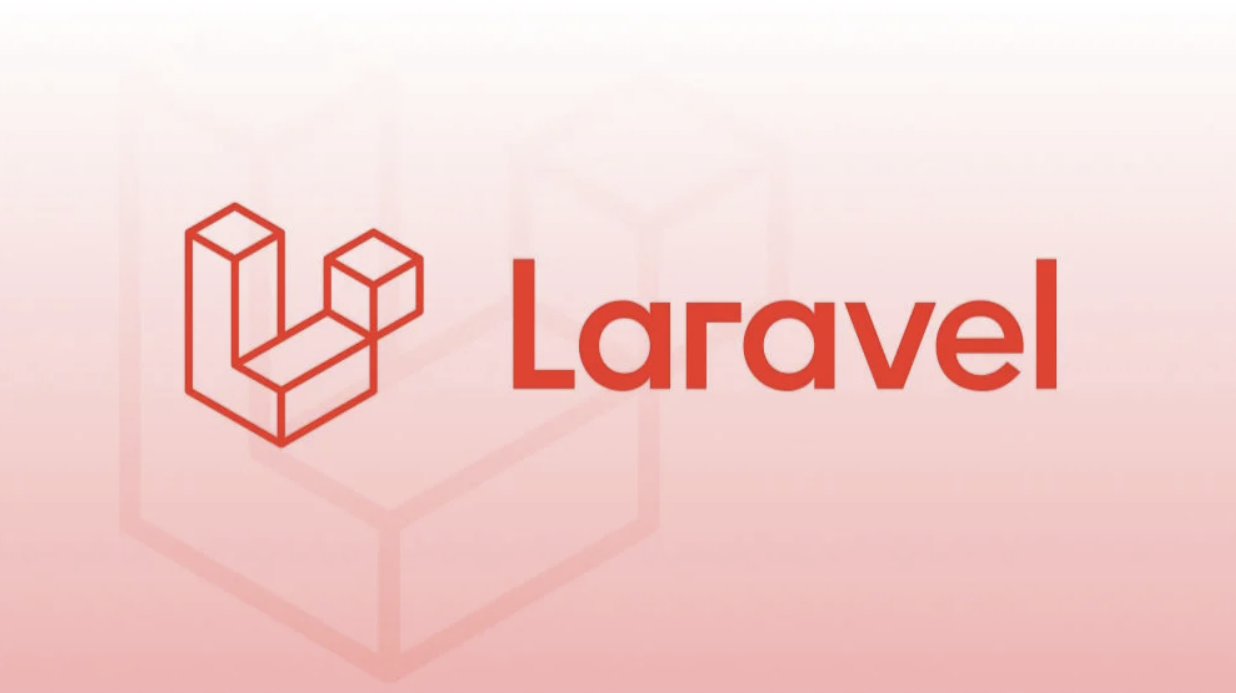
How to Implement Google Login Using Gmail in Laravel
Google login is a powerful feature that allows users to sign in using their Gmail account, improving user experience and reducing friction during registration. In this tutorial, we will guide you through the Google login integration process in a Laravel application.
Why Use Google Login in Laravel?
- Enhanced User Experience: Users can sign in with one click.
- Security: OAuth 2.0 ensures a secure authentication process.
- Reduce Fake Accounts: Google verifies users' identities.
Prerequisites
Before starting, ensure you have:
- Laravel 11 installed
- Composer
Step 1: Install Socialite Package
composer require laravel/socialite
Also install
composer require guzzlehttp/guzzle
Step 2: Configure Google Credentials
- Go to the Google Cloud Console.
- Create a new project and enable "Google Identity".
- Set up OAuth consent screen and add your domain.
- Create new credentials for OAuth Client ID:
Step 3: Add Credentials to .env
GOOGLE_CLIENT_ID=your-client-id
GOOGLE_CLIENT_SECRET=your-client-secret
GOOGLE_REDIRECT_URI=http://yourdomain.com/auth/google/callback
Step 4: Configure Socialite in config/services.php
return [ 'google' => [ 'client_id' => env('GOOGLE_CLIENT_ID'), 'client_secret' => env('GOOGLE_CLIENT_SECRET'), 'redirect' => env('GOOGLE_REDIRECT_URI'), ], ];
return [
'google' => [
'client_id' => env('GOOGLE_CLIENT_ID'),
'client_secret' => env('GOOGLE_CLIENT_SECRET'),
'redirect' => env('GOOGLE_REDIRECT_URI'),
],
];
Step 5: Add Google ID Column to Users Table
Schema::create('users', function (Blueprint $table) { $table->id(); $table->string('name'); $table->string('google_id', 100)->nullable(); $table->string('email')->unique(); $table->string('phone')->nullable()->unique(); $table->string('avatar')->nullable(); $table->string('role', 20)->nullable(); $table->string('status')->nullable(false); $table->string('username')->unique(); $table->timestamps(); });
Schema::create('users', function (Blueprint $table) {
$table->id();
$table->string('name');
$table->string('google_id', 100)->nullable();
$table->string('email')->unique();
$table->string('phone')->nullable()->unique();
$table->string('avatar')->nullable();
$table->string('role', 20)->nullable();
$table->string('status')->nullable(false);
$table->string('username')->unique();
$table->timestamps();
});
Run the migration:
php artisan migrate
Step 6: Create Google Controller
php artisan make:controller Auth/GoogleController
Step 7: Set Up Routes
use App\Http\Controllers\Auth\GoogleController;
Route::get('auth/google', [GoogleController::class, 'redirectToGoogle']);
Route::get('auth/google/callback', [GoogleController::class, 'handleGoogleCallback']);
Add the following code to the controller:
<?php
namespace App\Http\Controllers\Auth;
use Exception;
use App\Models\User;
use Illuminate\Support\Str;
use App\Http\Controllers\Controller;
use Illuminate\Support\Facades\Auth;
use Illuminate\Support\Facades\Hash;
use Laravel\Socialite\Facades\Socialite;
class GoogleController extends Controller
{
public function redirectToGoogle()
{
return Socialite::driver('google')->redirect();
}
public function handleGoogleCallback()
{
try {
$userData = Socialite::driver('google')
->setHttpClient(new \GuzzleHttp\Client(['verify' => false]))
->stateless()
->user();
$user = User::where('email', $userData->email)->first();
if ($user) {
// Update Google ID if not set
if (!$user->google_id) {
$user->update([
'google_id' => $userData->id,
'avatar' => $userData->avatar,
]);
}
Auth::login($user);
if ($user->role === 'User') {
return redirect()->route('frontend.dashboard')->with('success', 'Login successful.');
} else {
Auth::logout();
return redirect()->route('frontend.login')->with('error', 'Access denied.');
}
}
$username = $this->generateUniqueUsername($userData->email);
// Create a new user if not exists
$newUser = User::create([
'google_id' => $userData->id,
'name' => $userData->name,
'email' => $userData->email,
'username' => $username,
'avatar' => $userData->avatar,
'status' => true,
'role' => 'User',
]);
Auth::login($newUser);
return redirect()->route('frontend.dashboard');
} catch (Exception $e) {
return redirect()->route('frontend.login')->with('error', 'Something went wrong. Please try again.');
}
}
function generateUniqueUsername($email)
{
// Extract username from email
$username = Str::slug(explode('@', $email)[0]);
// Ensure username is at least 3 characters long
if (strlen($username) < 3) {
$username .= rand(100, 999);
}
// Check if username exists and make it unique
$originalUsername = $username;
$count = 1;
while (User::where('username', $username)->exists()) {
$username = $originalUsername . $count;
$count++;
}
return $username;
}
}
Step 8: Run The Server
php artisan serve
Related Articles
- Understanding the difference between var, let, and const in JavaScript scope
- What is a closure in JavaScript and how does it work?
- How to Implement Google Login Using Gmail in Laravel
- How to Create Filters in Laravel 11 for Efficient Data Querying
- What is CSRF in Laravel
- How to Configure Settings in Laravel: A Step-by-Step Guide
- How to serve static files and folders in Laravel
- What is Laravel?
- Top Essential Laravel Commands for Developers